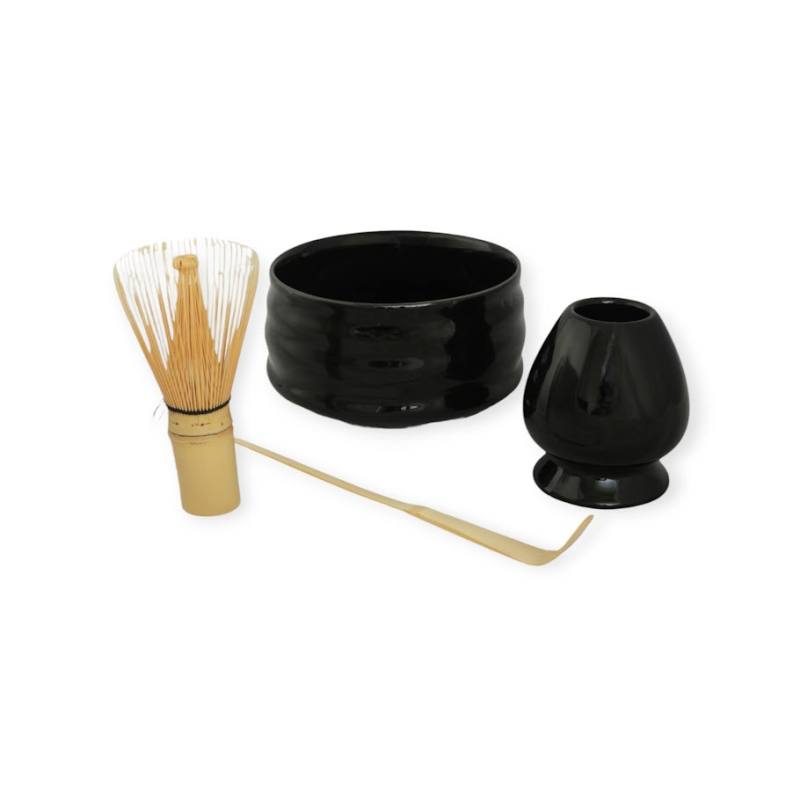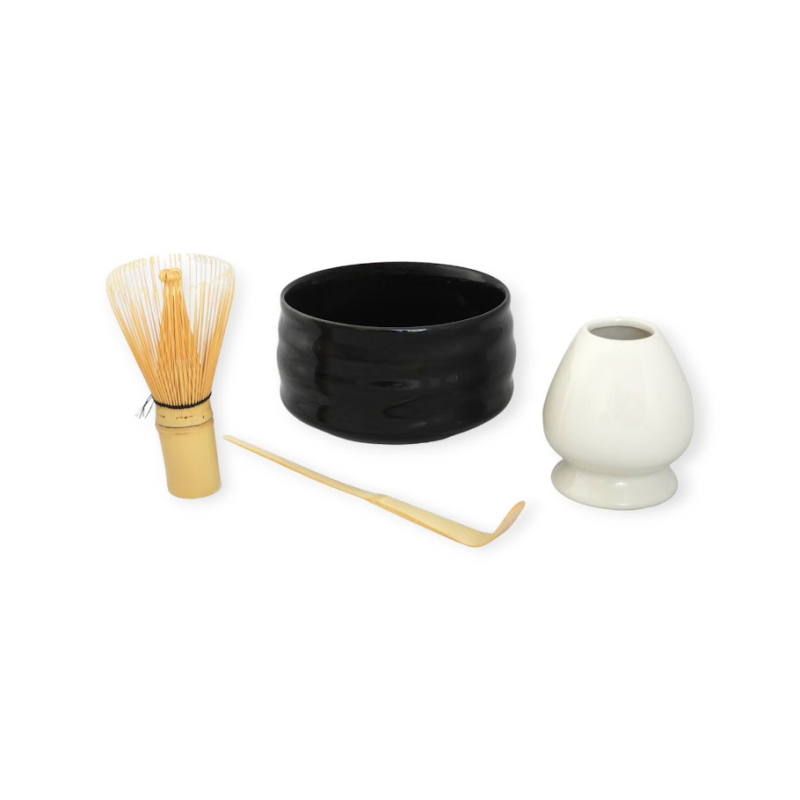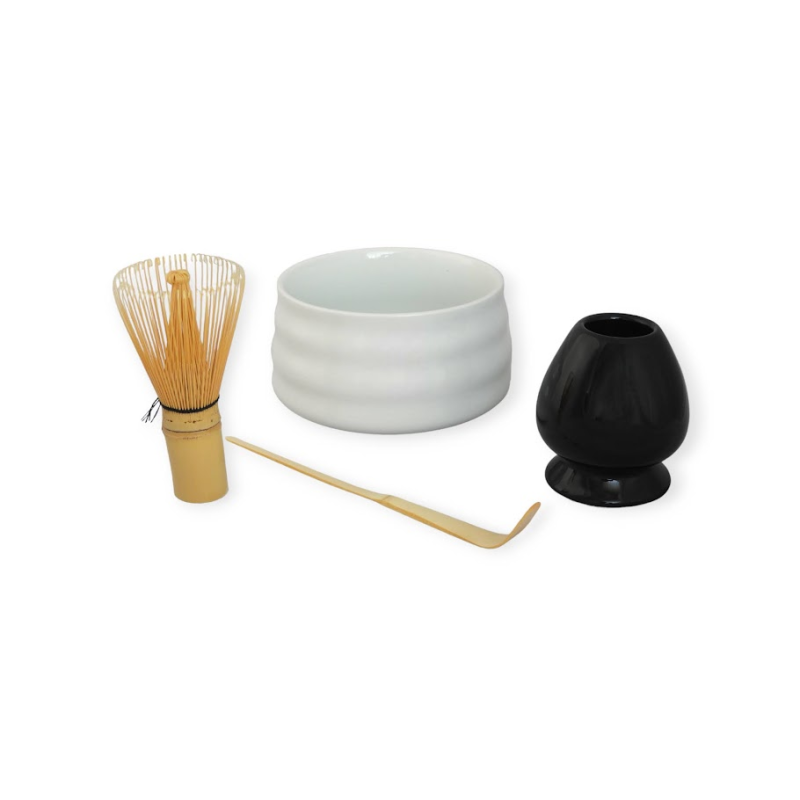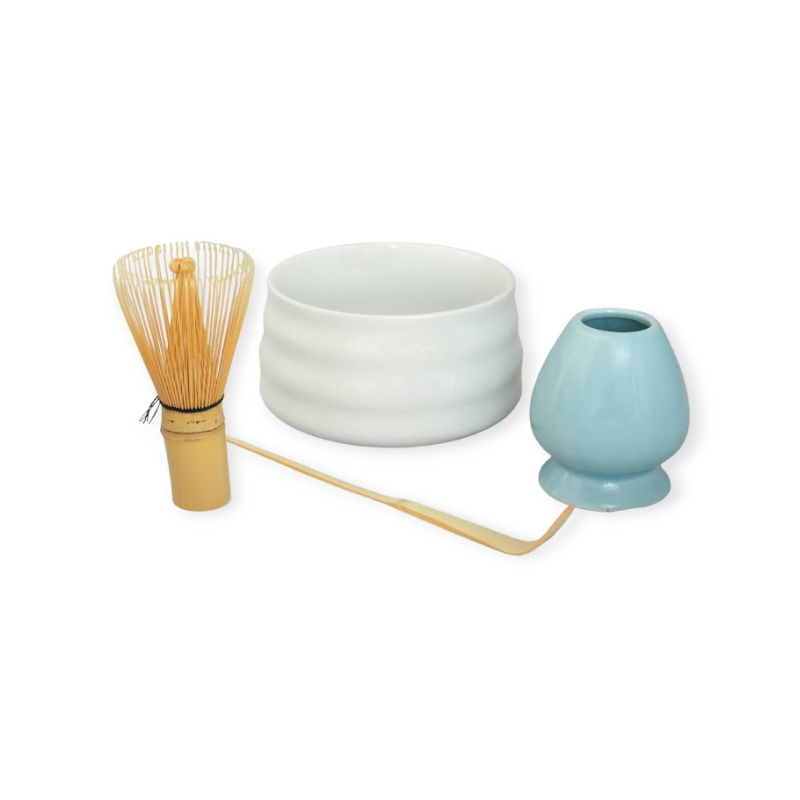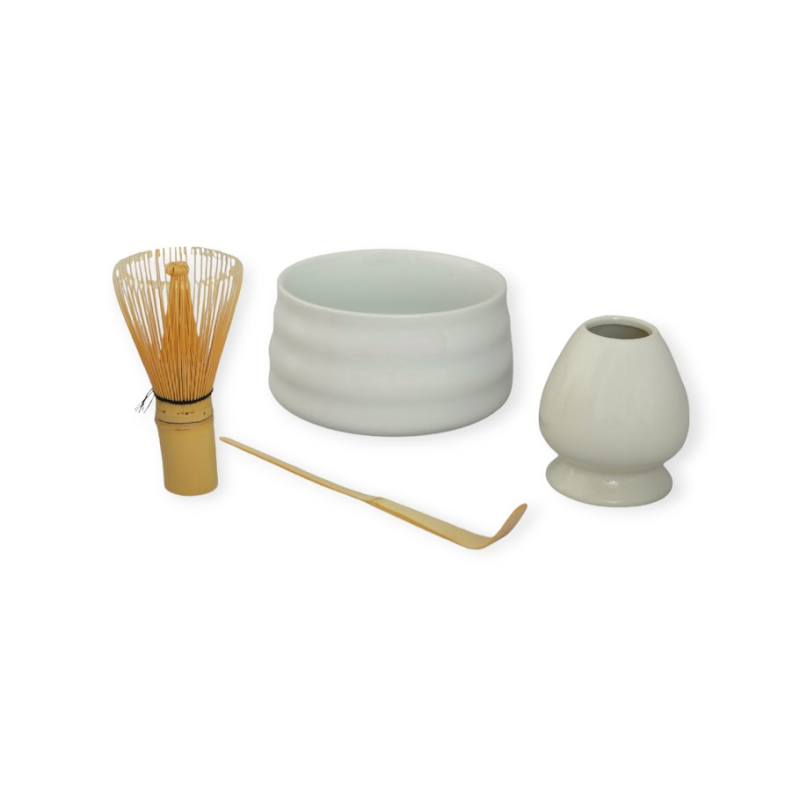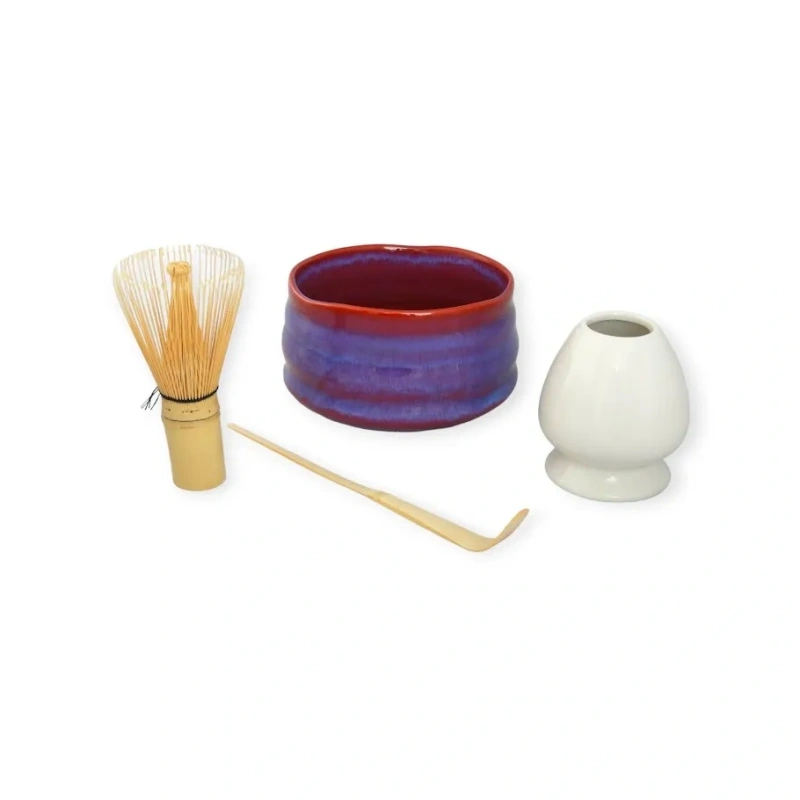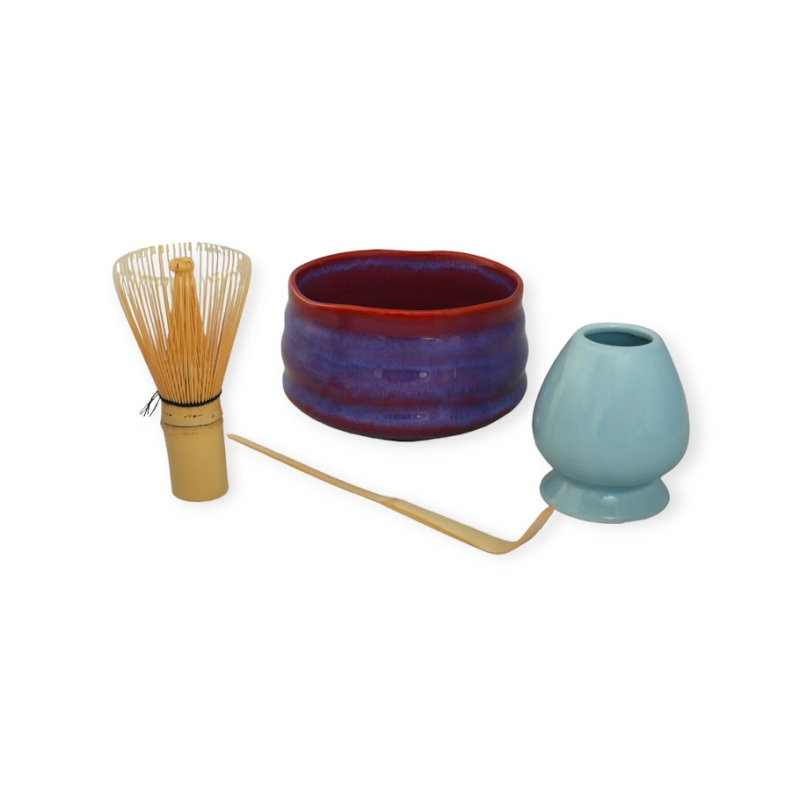Description
Other Details
Reviews
Other customers also viewed
Japanese Matcha Tea Organic (powder)
5,22€
5,50€
Orig. Retail Price: 5,50€ -5.09%
Low. Price last 30 days: 5,22€ 0%
Moringa Organic (powder)
5,22€
5,50€
Orig. Retail Price: 5,50€ -5.09%
Low. Price last 30 days: 5,22€ 0%
Authentic Japanese Bamboo Spoon for Matcha
4,05€
4,50€
Orig. Retail Price: 4,50€ -10%
Low. Price last 30 days: 4,05€ 0%
Matcha Ninja Capsules 70 pieces 600mg
27,00€
39,50€
Orig. Retail Price: 39,50€ -31.65%
Low. Price last 30 days: 27,00€ 0%
Ashwagandha Organic (powder)
4,75€
5,00€
Orig. Retail Price: 5,00€ -5%
Low. Price last 30 days: 4,75€ 0%

